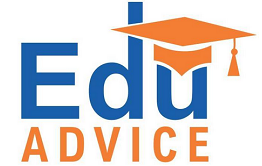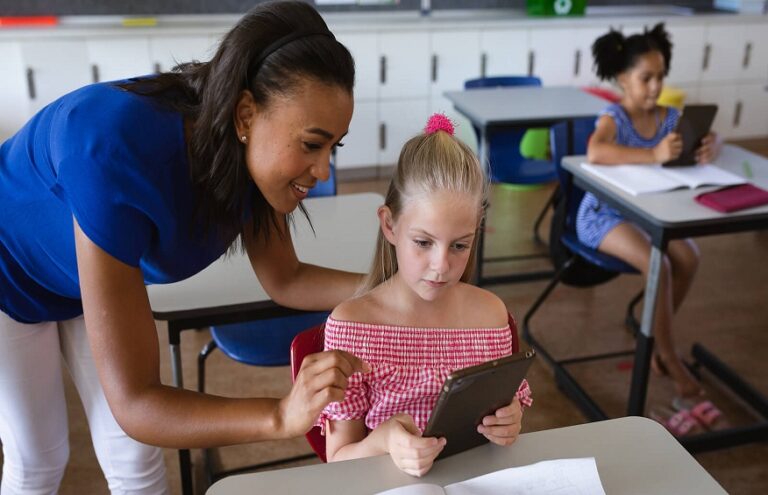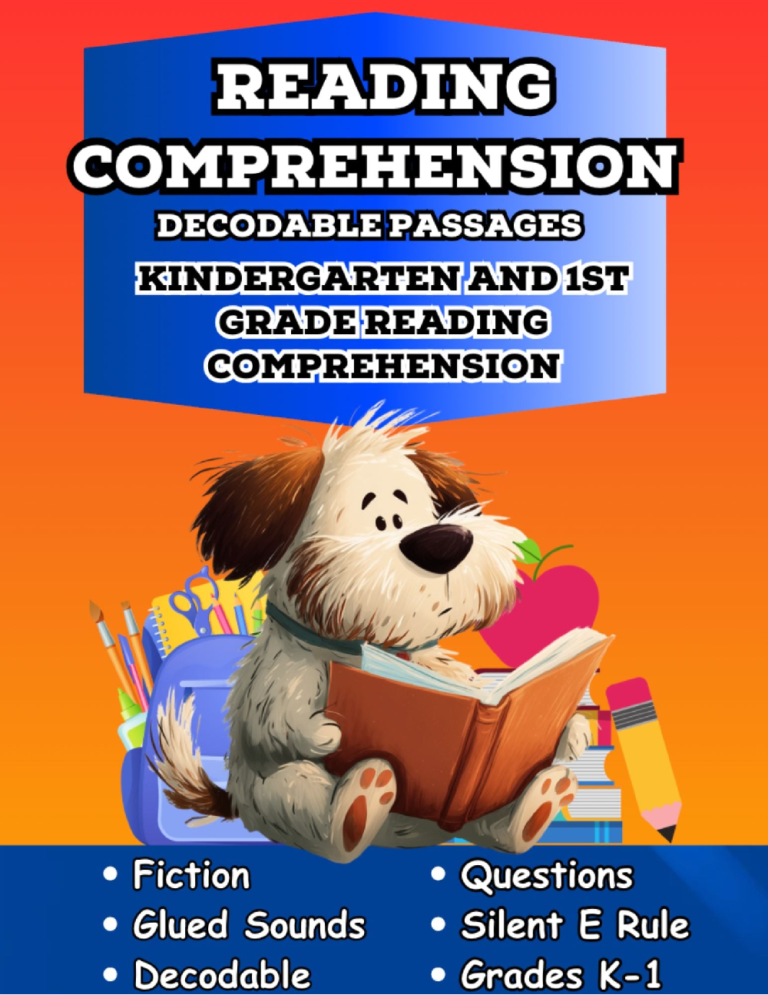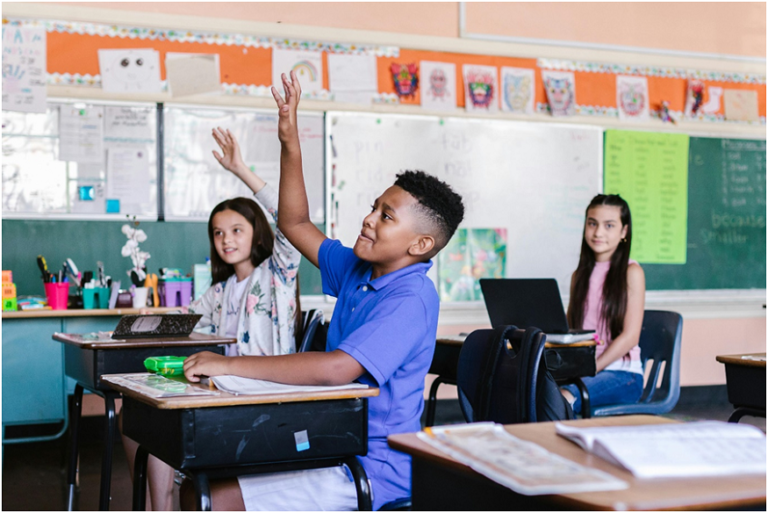While there is regular talk in France of transforming education to better meet current challenges, this concern, in a rapidly changing world, is not confined to France, far from it.
In the Netherlands, for example, even if there was already talk in 1968 of a major educational reform affecting both the content of the programs and the examinations, the current courses are considered as no longer preparing them well enough students in the modern world. The baccalaureate exams would not test the actual skills and knowledge of the students but rather their ability to strategically answer MCQs.
This is particularly true for modern languages like French where the final exam – a reading comprehension exercise – is the subject of hundreds of complaints every year from pupils who find it too difficult or too ambiguous .
Language learning: an innovative method from Argentina
The teaching of French in the Netherlands, compulsory from sixth to third year, is currently under pressure: fewer and fewer students are choosing this subject in high school and fewer and fewer young people are moving towards this university specialty regardless of their professional goals. It is in this context that education stakeholders in the Netherlands wonder whether certain methods are more effective than others, or at least how certain methods can better meet the needs of pupils, with the help from researchers. Supported by the Language Learning team at the University of Groningen – in the northeast of the country – a usage-based approach has gained ground.
The specific case of the Netherlands
If, as in many other countries, English takes an important place in the environment of the pupils, with almost daily opportunities to practice it, the presence of French in the Dutch landscape is limited. Few situations outside the classroom allow social practices in this language, as pointed out by Marije Michel, Christine Vidon, Rick de Graaff and Wander Lowie, four Dutch researchers.
This situation is in strong contrast to the fact that French has a neighboring language status involving major economic interests, 40 million euros per year for Franco-Dutch affairs, supported by many institutions ( French Institute , CCI France Netherlands , etc.). Nevertheless, despite this favorable professional situation for the study of this language, Marjolijn Voogel points out that the perception of the importance of speaking French in the Netherlands is still in decline, especially following the reforms at the end of the 1990s. Also, fewer students choose French in high school and the overall level is no longer satisfactory given the low level reachedafter 6 years of French at school for Wim Gombert, researcher in applied linguistics.
Why allow the mixing of languages at school?
These results, similar to what we find in France in the teaching of foreign languages, are to be compared to an environment poor in opportunities to regularly confront the language and to teaching methods based above all on the structures of the language. , grammar and translation rather than usage. Even in language class, little is spoken of the target language , as noted by Lynne West and Marjolijn Verspoor, even though teachers regularly mobilize to modernize their courses, organize trips or use digital technologies.
Faced with this situation, one of the initiatives was the development and above all the implementation of several methods (AIM ) in primary school and at the colleague (in approximately 100 establishments) but also in high school ( AIMe ) (approximately four establishments) and finally in the University of Groningen (a university).
Access to the language outside the classroom
The methods used are all inspired by scientific research (on the dynamic theory of use , film-based didactics and the task-based approach) which considers that language is an assembly of words frequently used by speakers for whom it is the language of socialization, to which learners need to be repeatedly exposed through creative activities and real-life tasks.
It is therefore not an approach where one focuses on the analysis of the language (the understanding and practice of grammar rules and vocabulary lists) but rather an approach where one passes from the reproduction of constructions to the production first implicitly, then inductively and, finally, sometimes explicitly at advanced levels.
In order to expose learners to these constructions as much as possible, different material is used according to level and age: stories (in primary and middle school), creative and real texts or videos (in high school) and films (at University). In addition to this exposure, learners in high school and college use combination word learning software like Fluent U or SlimStampen .
The idea is that learners locate vocabulary in context and take quizzes several times a week until this vocabulary in combination is cognitively anchored. The software remembers the words that are not acquired and reintegrates them into the exercises during the next work sessions until they are acquired.
In class, the activities are varied and mainly focused on oral production. The aim of these activities is first of all to reduce the anxiety associated with speaking by playing down productions that do not conform to expectations and by working on repetition and automation. The activities are mainly done in groups, at the beginning even in choir, so that the learners develop a certain self-confidence. There is then a lot of room given to the individual development of the language in the learner.
Indeed, by focusing on the meaning of the language and not on its form, each learner can use his own linguistic repertoire and learn from the repertoire of others. At the same time, everyone can work individually on the linguistic aspect they lack to express themselves. This requires skills of guided self-reliance and personal reflection – skills that are worked on in these programs.













+ There are no comments
Add yours